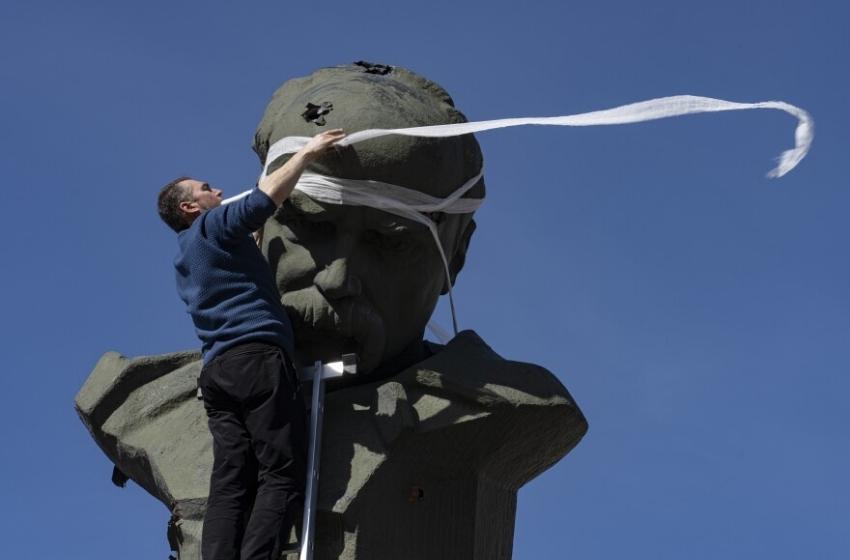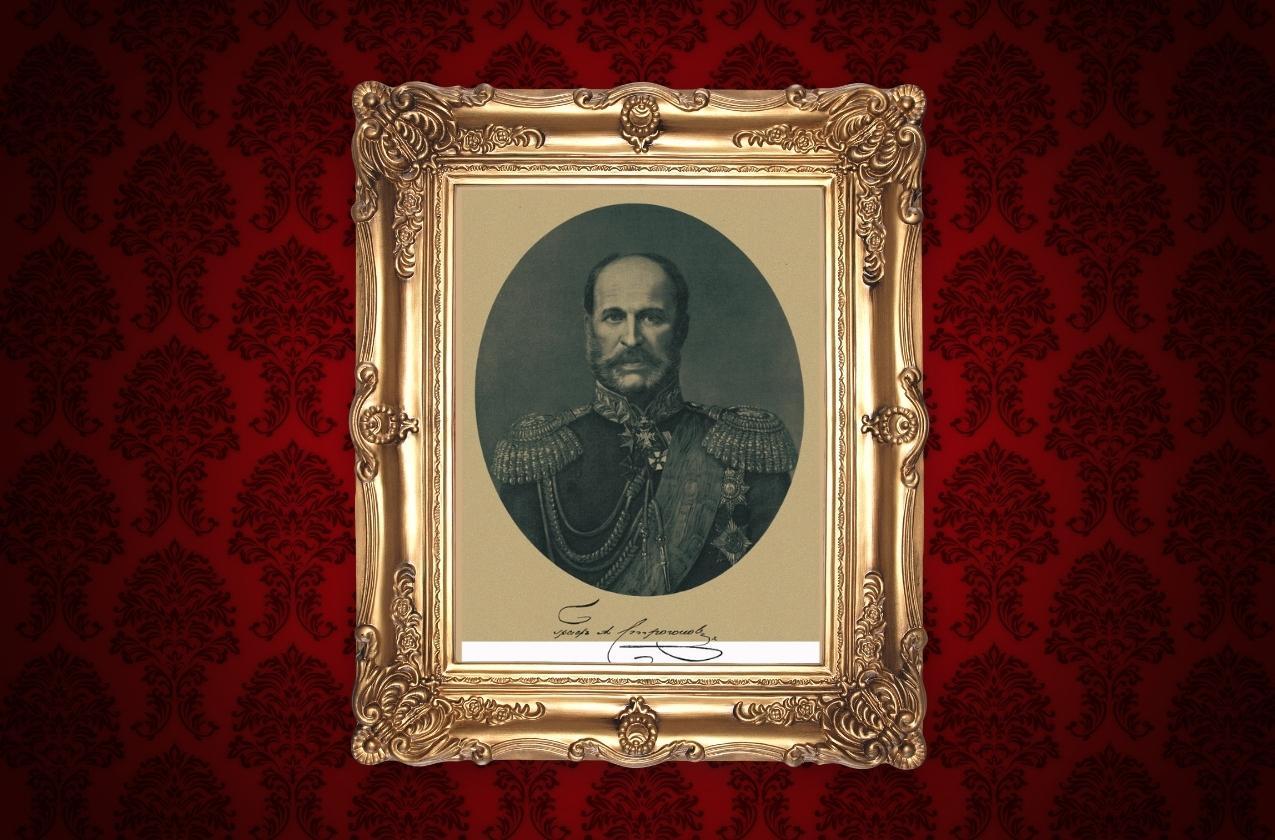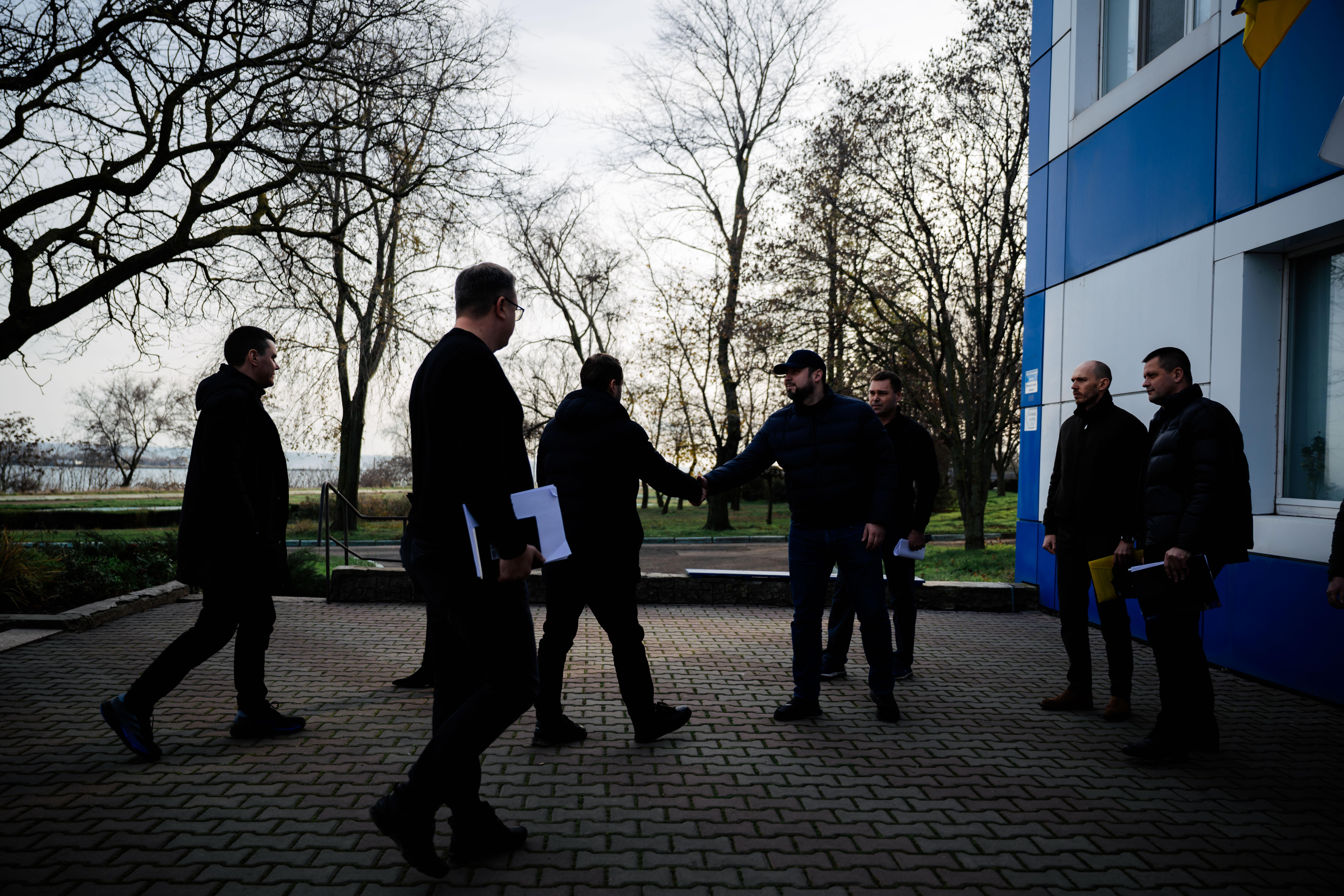2021 marks 206 years since the birth of the outstanding artist Carlo Bossoli (1815-1884), depicting numerous views of Odessa and Crimea for the history.
Born in the Swiss city of Lugano, Carlo Bossoli, after the family moved to Odessa, lived in the city from the age of five. Demonstrating early visual aptitude art, Bossoli since 1828 worked in the studio of the Odessa Opera artist Rinaldo Nannini. At the age of nineteen, he began to paint and sell his paintings (rather late for an artist).

The successes of the young artist were noticed by Governor-General of the region, Count M.S. Vorontsov, who ordered views of Odessa for him. Since then, Mikhail Semenovich and his wife Elizaveta Ksaveryevna Vorontsov become his regular customers and patrons of the arts.
Princess Elizabeta was impressed with his abilities and advised Bossoli go to Italy to improve skills and insisted on exercising this trip. The artist spent in Italy more than a year (spring 1839 - summer 1840), studied works of old masters and contemporary painters, was inspired to create his own paintings. He stayed mostly in Naples and Rome, giving special attention to tempera and gouache and associating with the many British artists who were living there.
Returned from Italy, Bossoli, at the invitation of Count M.S. Vorontsov, he came to Crimea, settled in the coastal resort of Alupka, on the Vorontsov estate where he lived in 1840-1842.
Having travelled the entire peninsula as explorer traveller, painter, he expressed his impressions in a series of beautiful watercolours and gouaches (some of them are kept in the Hermitage).
Researchers of Carlo Bossoli celebrate the main advantages of his works: "a virtuoso mastery of drawing technique, realism, a deep sense of nature and perspective".


Creative biography researcher of Bossoli E. Vishnevskaya claims that in 1843 at the insistence of a mother who dreamed him to return Carlo to his homeland, the artist left his second homeland, where he lived for 23 years. He moved to Milan and opened a studio there. He remained there until 1853, when an unsuccessful uprising against the Austrians forced him to flee to Turin, which he used as his base of operations for travels to England, France, Spain, Morocco and Germany.


Subsequently, “he travelled half the world, gain fame as an iso-reporter. For a while he will be even an English court painter. Carlo Bossoli spent several years traveling from Scandinavia to the shores of North Africa. His travel drawings are a kind of "fine journalism". They are popular, printed by many well-known publications, in particular The Times. In 1851. he again visited his second homeland, Russia, where he created a new series of works dedicated to Moscow and St. Petersburg.


Little is known about the last years of the artist's life. He settled in Turin, built a house that partially resembled the eclectic architecture of the Vorontsov Palace, which so struck the imagination of the young man. Without creating his own family, he raised his beloved nephew. In 1883, at the age of sixty-eight, he married Adelaide De Carolis, who was only twenty-one. The following year, he died of a heart attack. He was buried in Lugano and a street in Turin is named after him.


The creative heritage of Carlo Bossoli occupies a worthy place in world culture and is included in many museum collections. His name is widely known to connoisseurs. Collectors in Europe and America are happy to acquire very expensive works by Carlo Bossoli, as evidenced by the famous art auctions, in particular the auction in Washington in 1988, where 25 original drawings by the master were exhibited.


The Album of 11 paintings is on sale at auctions for $11,000.























